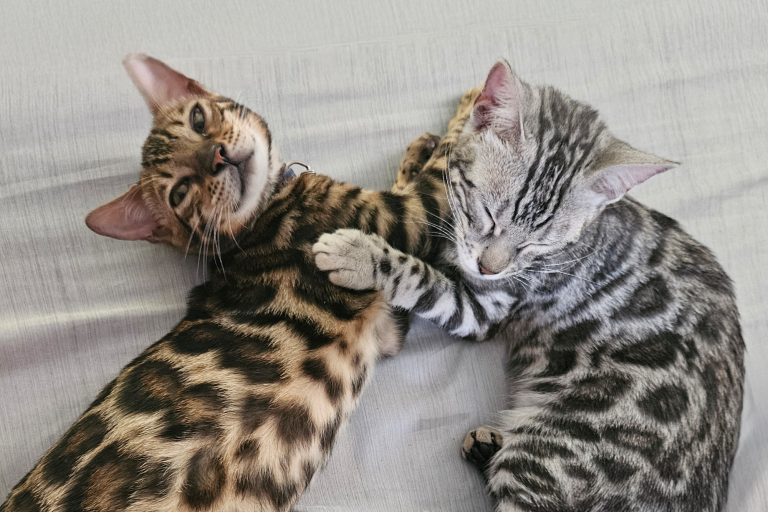Bengal Cat Info
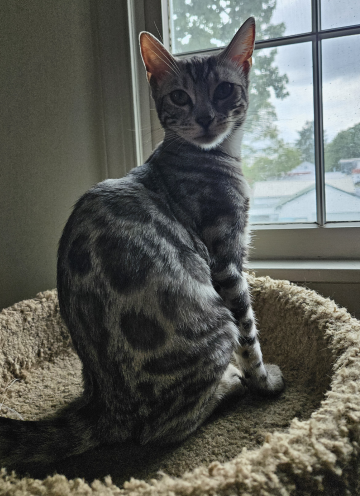
about the finest Bengal Cats in Pennsylvania
Bengal Cat Characteristics
- Bengal cats are a hybrid between domestic cats and the Asian leopard (Prionailurus Bengalensis), combining a leopard-like appearance with a domestic temperament.
- Bengals are highly active and energetic. Known for their love of exploring, they're perfect for homes that can offer plenty of stimulation.
- These cats form strong bonds with their owners, enjoying attention and affection. They are social cats who thrive on interaction.
- Bengals are exceptionally intelligent cats, often learning tricks, solving puzzles, and engaging with interactive toys, showcasing their inquisitive nature.
Breed Origin
In 1963, American breeder Jean S. Mill pioneered the first cross between a domestic cat and the Asian leopard cat, resulting in the Bengal breed. The early hybrids were called “F1” (first generation) and “F2” (second generation), known for their semi-wild nature. By the fourth and fifth generations, Bengals were considered fully domestic. Today, breeders often produce seventh and eighth generations of these hybrids, resulting in affectionate and well-tempered kittens.
It took years for the Bengal cat to gain recognition, but in 1985, the breed was introduced at its first cat show through the International Cat Association (TICA). Its success was immediate, and the Bengal has since grown into a globally popular breed.
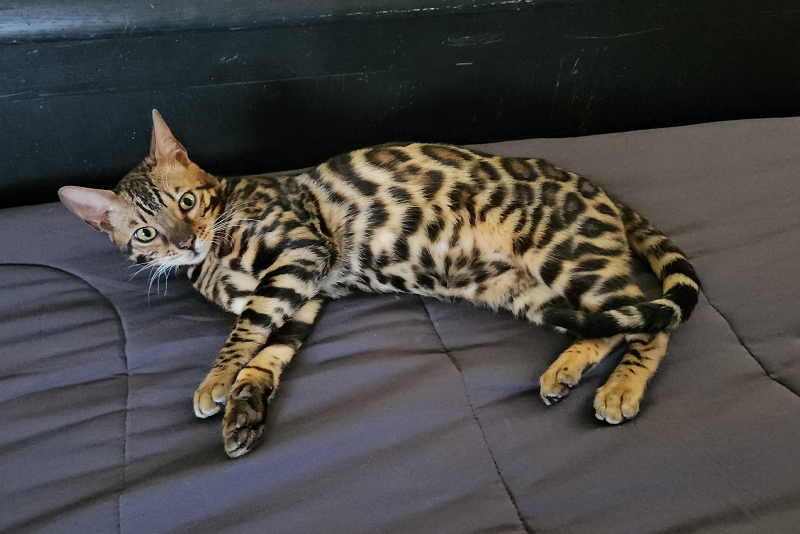
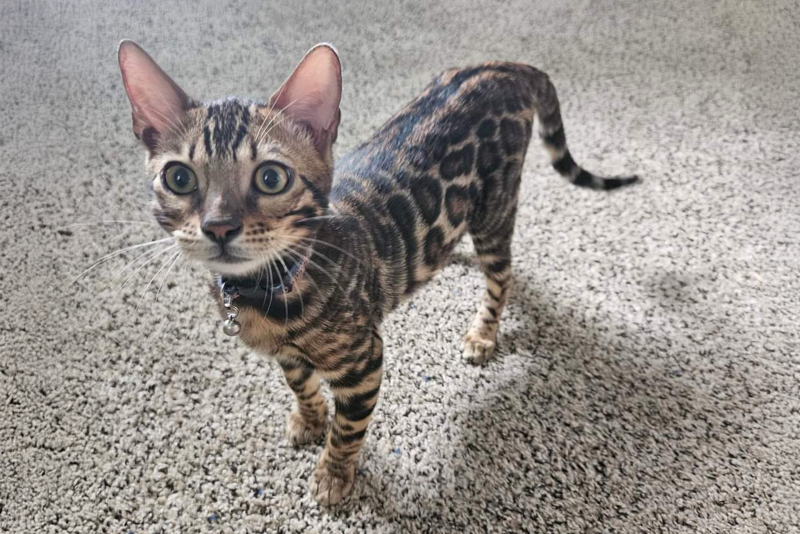
65 Days
Gestation Period
1-4 Kittens
2.6 oz to 4.6 oz
4 Weeks
Canines Erupt
what we do
Bengal Cat Patterns and Colors
Bengals have a very unique coat. Throughout their fur, you can distinguish many different elements of the pattern that are exclusive to specific parts of the cat’s body. You can see these varieties below.
-

PAW-PRINT
-

DONUT
-

ARROWHEAD
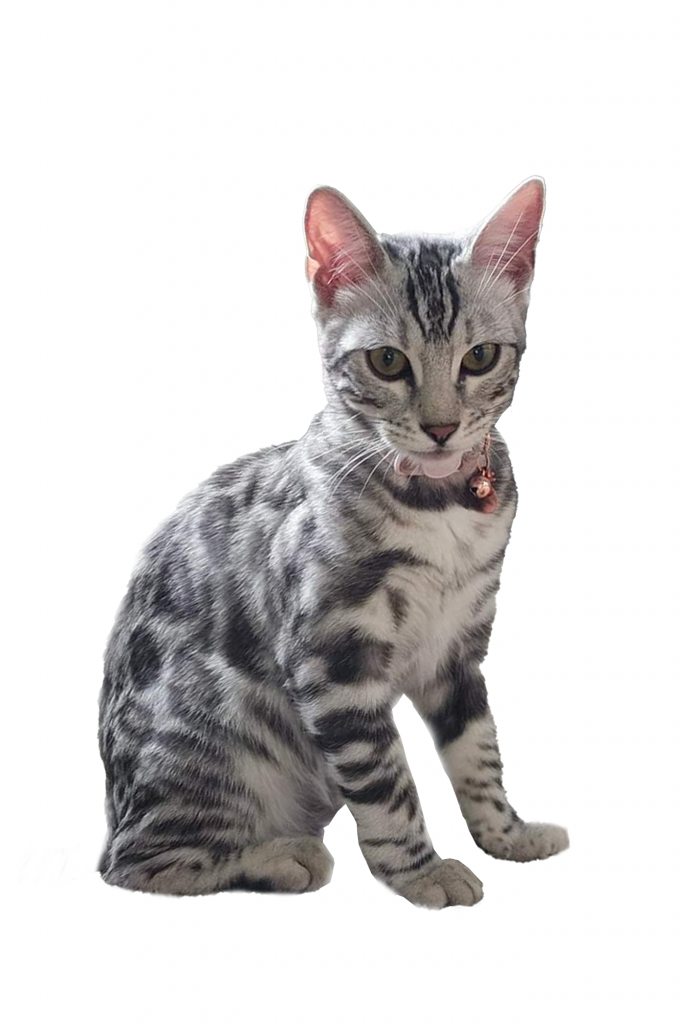
-

SPOTTED BELLY
-

CLUSTER
-

CLOUDED
Contact us today to Adopt a Pet
the optimal diet for your new pet
Raw Meat Diet
A raw meat diet is one of the healthiest and most natural options for Bengal cats, as it supports better digestion compared to dry food. You can find high-quality, frozen raw meals at pet stores or prepare your own at home. However, it’s best to introduce raw meat early, as adult Bengals may be reluctant to try it if they’ve never had it before.
Important Tips:
- Handle raw meat with the same care you would for your own food to prevent bacteria.
- Use thawed raw meat within 48 hours and discard any leftovers after 1 hour at room temperature.
